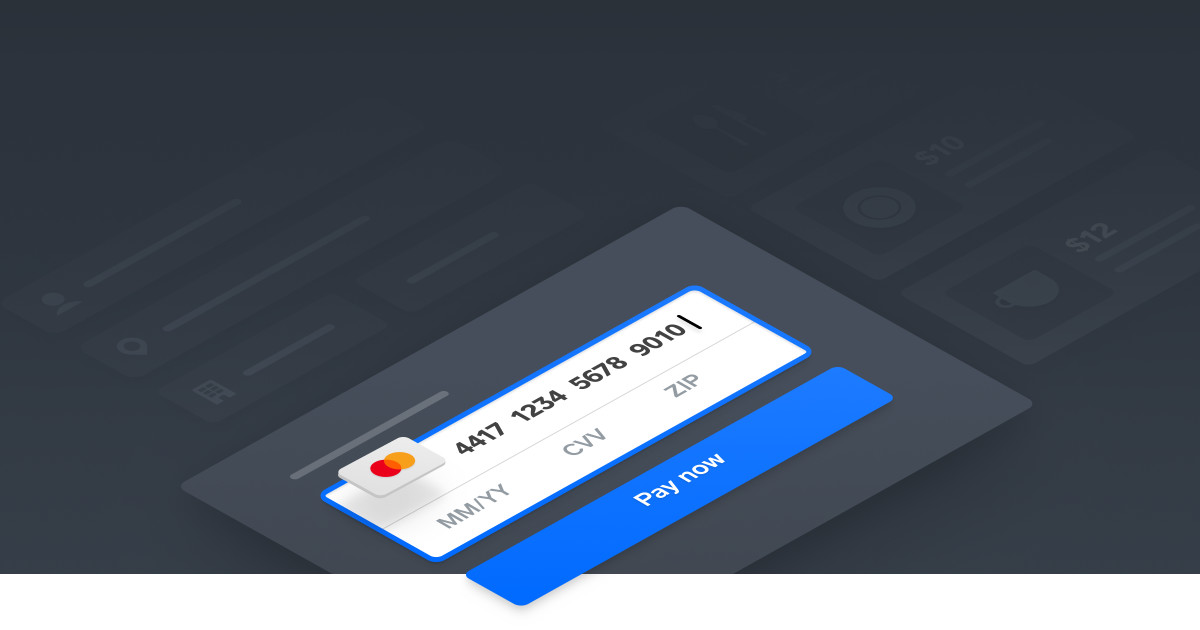
Seamless Shopping Experience: Leveraging Payment Request API for E-commerce Success
- Post
- August 8, 2023
- Payment Request API, Web APIs, Web Technologies
- 0 Comments
In the rapidly evolving landscape of e-commerce, the need for a seamless and frictionless shopping experience has become paramount. As businesses strive to provide customers with convenience and speed, leveraging advanced technologies becomes essential. This is where the Payment Request API comes into play, revolutionizing the way transactions occur in the digital realm. In this comprehensive guide, we delve into the intricate details of the Payment Request API and how its integration can elevate your e-commerce success.
Understanding the Payment Request API
The Payment Request API is a browser technology that enables websites to simplify and accelerate the payment process. It facilitates the collection of payment information stored in the user’s browser, allowing for quick and secure transactions. By minimizing the steps required to complete a purchase, it enhances the user experience and significantly reduces cart abandonment rates.
How the Payment Request API Works
At its core, the Payment Request API streamlines the checkout process by requesting payment details from the user’s stored information. This information can include credit card data, shipping addresses, and even payment preferences. The API then generates a payment request interface, displaying the necessary details and allowing the user to select their preferred payment method.
Advantages for E-commerce Platforms
- Enhanced User Experience: The API eliminates the hassle of manually entering payment information, reducing friction and making the shopping experience smoother.
- Faster Transactions: With pre-filled data and streamlined interfaces, transactions can be completed in a matter of seconds, boosting conversion rates.
- Reduced Cart Abandonment: Complicated checkout processes often lead to abandoned carts. The Payment Request API tackles this issue head-on.
- Increased Security: By relying on stored browser data, the API adds an extra layer of security to transactions.
Implementing the Payment Request API
Integrating the Payment Request API into your e-commerce platform requires coding expertise. The API is available in most modern browsers, but its implementation may vary. Collaborating with experienced developers ensures a seamless integration that aligns with your website’s design and functionality.
Ensuring Compatibility
While the Payment Request API offers promising advantages, it’s vital to consider compatibility. Not all browsers support this technology, so offering alternative payment methods remains essential to cater to a wider audience.
Streamlining Mobile Shopping
Mobile shopping constitutes a significant portion of e-commerce transactions. The Payment Request API’s responsive design ensures an optimized experience across devices, catering to the growing mobile user base.
Addressing Security Concerns
Security is a paramount concern in e-commerce. The Payment Request API adheres to the Payment Card Industry Data Security Standard (PCI DSS), ensuring the protection of sensitive payment data.
Key Considerations
- User Consent: It’s crucial to obtain user consent before accessing their payment information. Transparency builds trust and compliance with privacy regulations.
- Testing and Optimization: Rigorous testing across different browsers and scenarios is necessary to identify and rectify any potential issues.
- Error Handling: A robust error-handling mechanism should be in place to address any hiccups during the payment process.
Future Possibilities
The Payment Request API is continuously evolving, with potential enhancements on the horizon. The integration of new payment methods, additional data sources, and further security measures are anticipated.
Final Words
In the realm of e-commerce, where every click counts, the Payment Request API emerges as a game-changer. By simplifying payments and enhancing user experiences, it paves the way for higher conversion rates, reduced cart abandonment, and improved customer loyalty. Embracing this technology propels your online store toward success, positioning you at the forefront of the seamless shopping experience revolution.
Commonly Asked Questions
Q1: Is the Payment Request API supported on all browsers?
A1: While widely supported, not all browsers fully embrace the API. Ensuring alternative payment options are available guarantees a seamless experience for all users.
Q2: How does the API ensure the security of user payment data?
A2: The Payment Request API adheres to the PCI DSS, maintaining the highest standards of payment data security through encrypted connections and secure storage.
Q3: Can the API be customized to match my website’s design?
A3: Yes, the API’s implementation can be customized to align with your website’s aesthetics and functionality, enhancing the overall user experience.
Q4: What benefits does the Payment Request API offer to mobile shoppers?
A4: The API’s responsive design ensures mobile shoppers enjoy the same seamless and fast payment experience as desktop users.
Q5: Is the Payment Request API suitable for small businesses?
A5: Absolutely, the API’s ability to reduce cart abandonment and enhance user experience makes it an invaluable tool for businesses of all sizes.




